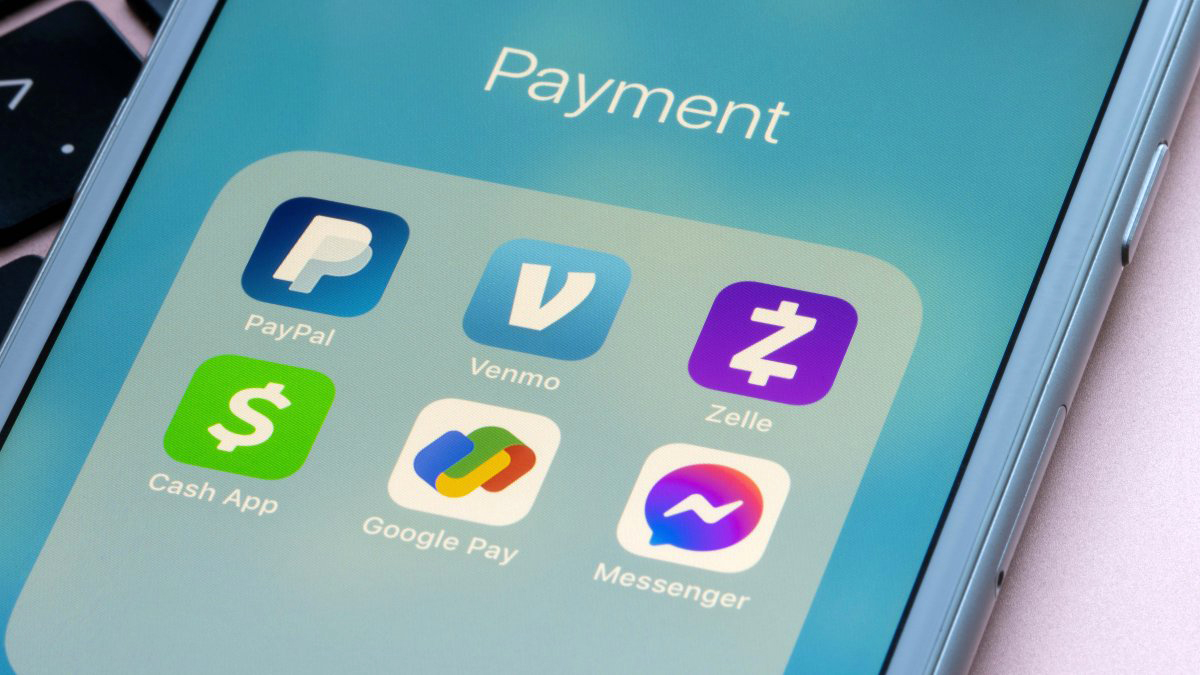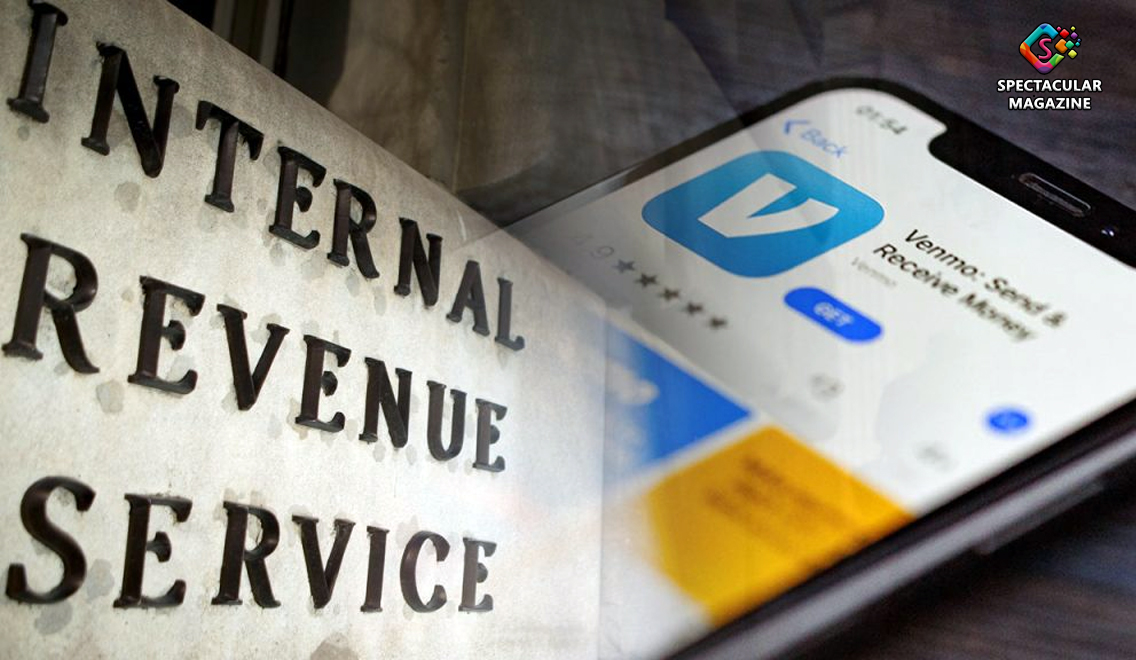Venmo, PayPal, Cash App, Zelle Must Now Report Payments Of $600 Or More To IRS
The Internal Revenue Service (IRS) is cracking down on payments made through third-party apps, requiring platforms like Venmo, PayPal, Cash App, and Zelle to report transactions if they exceed $600 in one year.

The change to the tax code was signed into law as part of the American Rescue Plan Act, the Covid-19 response bill passed in March.
Previously, these mobile payment apps only had to tell the tax authorities when a person had over 200 commercial transactions per year that exceeded $20,000 in total value, the IRS said.
Starting Jan. 1, the IRS said, if a person accrues more than $600 annually in commercial payments on an app like Venmo, then Venmo “must file and furnish a Form 1099-K” for them — reporting on all the commercial income they collected through the app.
The new rule is only for goods and services transactions, not personal, such as paying a roommate for rent or reimbursing a friend. It also excludes anyone selling a personal item at a loss, such as a couch bought for $700 and sold for $650.
In an explanatory document on the new tax changes, the IRS said these changes also apply to people who sell items on internet auction sites like eBay and people who “have a holiday craft business” so long as they accept credit card payments through these apps.
PayPal said both “PayPal and Venmo offer a way for customers to tag their peer-to-peer (P2P) transactions as either personal/friends and family or goods and services by choosing the appropriate category for each transaction.”
“Users should select Goods and Services whenever they are sending money to another user to purchase an item, like a couch from a local ad listing or concert tickets, or paying for a service,” PayPal said.
‘For the 2022 tax year, you should consider the amounts shown on your 1099-K when calculating gross receipts for your income tax return,’ PayPal warned on its website. ‘The IRS will be able to cross-reference both our report and yours.’
The new tax rule is separate from a proposed IRS reporting requirement that originally would have handed over transaction data on accounts with more than $600 aggregate inflow and outflow. That proposal, originally part of President Biden’s Build Back Better plan, was raised to a $10,000 threshold after much pushback and has not yet been acted on by Congress.


